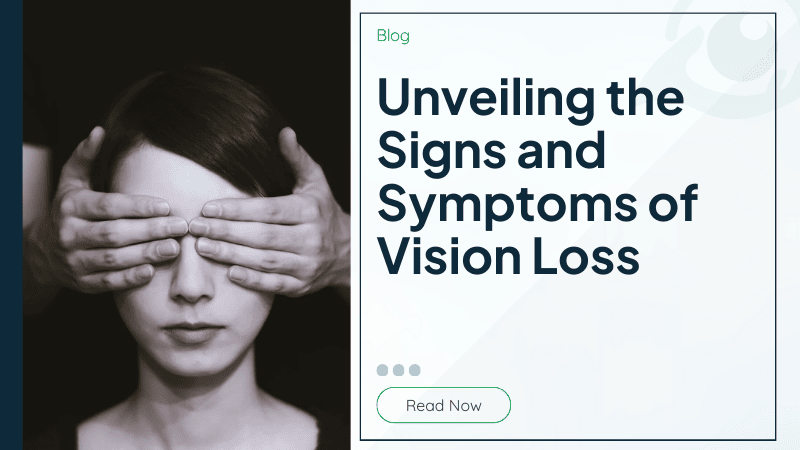- About
- Services
- Conditions
- Pricing
- Book an Eye Exam

Have you ever found yourself wondering about the subtle hints and indications that accompany vision loss? It's a topic that often remains shrouded in mystery, leaving many people unsure about when to seek professional help. Whether you're experiencing visual challenges or simply curious about potential warning signs, understanding the symptoms of vision loss is crucial. In this article, we will delve into the various cues that may suggest vision impairment, embracing a comprehensive approach.
Understanding the signs and symptoms of vision loss is essential for early detection and prompt intervention. From blurred vision to difficulty seeing in low light, these cues can provide valuable insights into the health of our eyes. If you notice any of these signs persistently, it's crucial to seek professional eye care to determine the underlying cause and receive appropriate treatment. Remember, our eyes are precious, and by recognizing the signals of vision loss, we can take proactive steps towards maintaining clear and healthy vision for years to come.
Book your comprehensive eye exam in Calgary with Eye Check Calgary. Whether it’s digital eye strain, dry eyes, diabetes-related vision concerns, or a contact lens fitting, we’ll guide you through every step with care and clarity. Call us today at 587-441-5254.